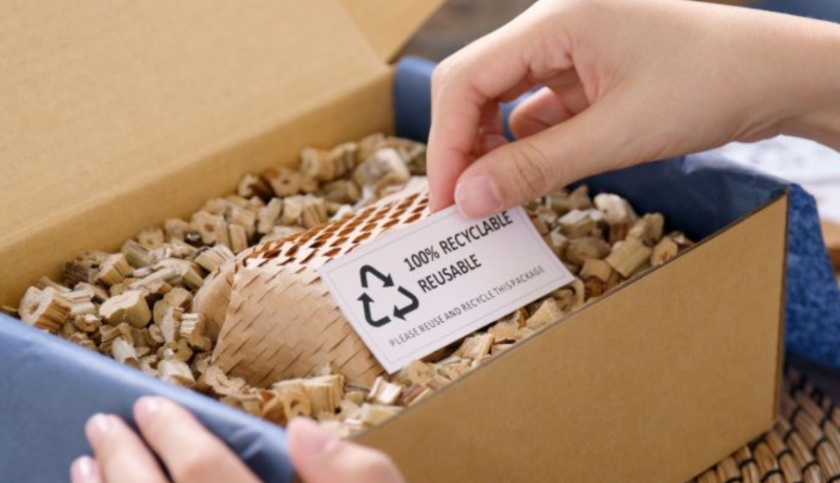EVER SINCE PRODUCT recalls hit the promotional and retail sectors this past summer, Proposition 65 has been the watchword on the lips of both suppliers and distributors. With the start of the 2008 trade show season, the sense of greater awareness became especially evident. “Prop 65 compliant” signage is more prominently displayed. Education programs on the law are offered. And suppliers are adopting product designations and new testing procedures to ensure they’re keeping pace with Prop 65, which is said to be the most strict product-safety law in the country.
Otherwise known as the Safe Drinking Water and Toxic Enforcement Act of 1986, Prop 65 encompasses California’s own statutes, which according to the Web site for California’s Office of Environmental Health Hazard Assessment, “[were] intended … to protect California citizens and the State’s drinking water sources from chemicals known to cause cancer, birth defects or other reproductive harm, and to inform citizens about exposures to such chemicals.” With lead-laden products getting increased attention on the national stage, it’s rare to see a news headline that discusses toxicity without a reference to Prop 65.
California Innovations is just one company increasing its product stewardship in accordance with Prop 65 and other product-safety legislation. The Toronto-based supplier’s UltraSafe program is based around increased testing for lead contamination, including its proprietary quality-control standard, the Lead Safe Detection System. Mel Mogil, California Innovations’ president, discusses what the new program means and how it’s affecting business.
Promo Marketing: What made you decide to move forward with the UltraSafe designation?
Mel Mogil: We have always taken great pride in making products with integrity. We believe that, as the largest manufacturer of soft-sided, insulated products in the world, it is our responsibility to ensure that our products are safe to use. The UltraSafe designation allows us to effectively communicate to customers that our products are safe and meet all lead-safety standards (FDA, CPSC, Prop 65 and all international lead safety standards).
PM: Can you tell me a little bit about the criteria your products must meet?
MM: Our interior liners must not have any detectable, leachable lead and all exterior surfaces must have less than 1 ug/100 cm2/wipe [1 microgram per wipe on a surface area of 100 centimeters squared] and less than 200 ppm in total.
PM: Have distributors asked for test results when ordering from you in the past?
MM: Although we have not been asked to provide test results, a number of distributors have asked us to confirm we are Proposition 65-compliant.
PM: What is the Lead Safe Detection System?
MM: Our LSDS is a very stringent program that we have mandated our suppliers to follow. We have worked with all of our suppliers to ensure that they understand and follow every aspect of our LSDS protocol. We ensure that the protocol is being adhered to through a combination of swab testing, Niton analyzer testing and third-party lab tests; these are done throughout the manufacturing process.
PM: What steps does each product go through to ensure it meets your standards?
MM: We test the raw materials before they are made into a product and we test the products themselves when they are on the production line.
PM: Do any other states have legislation similar to Prop 65?
MM: At present, no other states have legislation similar to Prop 65, however for the U.S., there are regulations and standards set by the U.S. FDA (no detectable, leachable lead in interior liners), and the U.S. Consumer Product Safety Commission (less than 1 ug/100 cm2/wipe).



